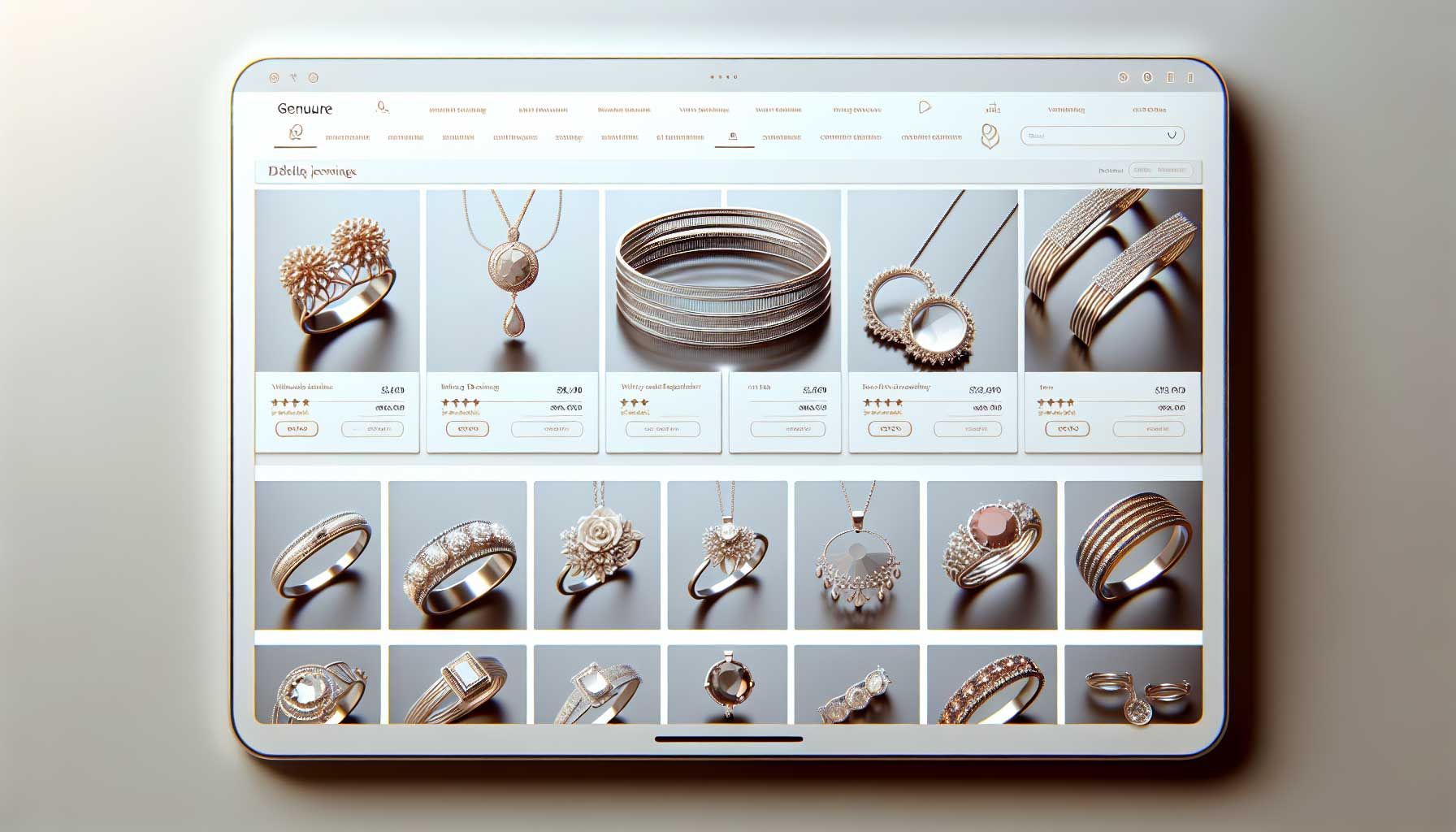Use of Data Analysis to Improve Sales Strategies for Jewelers
The use of data analysis to improve sales strategies
In the dynamic world of the jewelry industry, it is crucial not only to rely on creativity and instinct but also on **data analysis**. Integrating data-driven insights into your sales strategies can make a significant difference in how you grow your business. In this article, we explore various ways jewelers can use data analysis to enhance their sales strategies.
Why data analysis is important for jewelers
Data analysis enables jewelers to make informed decisions. By analyzing sales data, customer information, and market trends, jewelers can better understand what the customer wants, when they want to buy, and which products perform best. Recent research shows that companies using data analysis generate up to 5% more revenue than their competitors.
Pro tip: Start collecting customer data such as purchase history, demographics, and preferences to create a solid foundation for your analyses.Key types of data analysis
There are several types of data analysis that jewelers can use to optimize their sales strategies:
1. Descriptive Analytics
Descriptive analytics provides insight into **what has happened** in your business. By analyzing sales figures and customer behavior, you get an overview of product and campaign performance. This helps identify trends and patterns.
Pro tip: Use visual dashboards to make your data understandable so you can quickly recognize important trends.2. Predictive Analytics
Predictive analytics takes it a step further by attempting to **predict what will happen**. By analyzing historical data, jewelers can make predictions about future sales outcomes, such as seasonal peaks. This is crucial for optimizing inventory management and planning marketing campaigns.
Pro tip: Consider using machine learning models to make more accurate predictions.3. Prescriptive Analytics
Prescriptive analytics advises jewelers on the **best action** to take based on analytical data. This can help determine the right pricing, promotions, and product placement. It enables jewelers to make data-driven decisions that maximize their revenue.
Pro tip: Implement A/B testing to compare different strategies and see which works best.Data sources for jewelers
The success of your data analysis heavily depends on the sources you use. Here are some key sources where jewelers can gather data:
1. Sales data
Sales data is one of the biggest **indicators** of your performance. This includes information such as how many of each product were sold, on which days the highest sales occur, and which products are the most profitable.
Pro tip: Segment your sales data by channel (online vs. physical) to get a better view of where you, as a jeweler, derive the most profit.2. Customer surveys
Conducting customer surveys is an effective way to gain insight into the **preferences** of your target audience. This can range from asking questions about new designs to obtaining feedback about their shopping experience.
Pro tip: Offer a small incentive to customers in exchange for their feedback; this can significantly increase your response rate.3. Social media analysis
Social media provides a wealth of data about customer behavior and preferences. By conducting social media analyses, jewelers can **gain insight into the perceived brand value** and interactions with their products and services.
Pro tip: Use tools like Hootsuite or Buffer to track trends and sentiments around your brand on social media.Data analysis in practice
To effectively apply data analysis, it is important to take concrete steps. Here are some strategies jewelers can follow:
1. Establishing KPIs
When implementing data analysis, it is essential to establish **KPIs (Key Performance Indicators)**. These are measurable values that help evaluate the performance of your sales strategies. Think of revenue growth, customer satisfaction, and repeat purchases.
Pro tip: Don't set too many KPIs; focus on a few critical indicators that have the most impact on your business.2. Training and development
Implementing a data analysis system can be challenging if your team is not well trained. Ensure that your team develops the necessary **skills** for interpreting data and applying insights to their daily work. Invest in useful tools and courses.
Pro tip: Organize regular workshops and training to refresh knowledge and learn new techniques.3. Continuous monitoring and adjusting
Data analysis is a dynamic process. It is important to **continuously monitor data and adjust your strategies** based on the latest insights. Make it a habit to regularly evaluate your performance and make adjustments accordingly.
Pro tip: Keep a monthly or quarterly overview to maintain a clear view of the progress of your strategies and adjust them if necessary.Conclusion
Using data analysis in the jewelry sector presents a significant opportunity for **growth and efficiency**. By collecting the right data, applying different types of analyses, and implementing practical strategies, jewelers can significantly enhance their sales strategies. It is time to embrace the power of data and elevate your sales results to the next level!

Take your store to the next level
Start automating and digitizing your store processes today. PrismaNote helps retailers with this. Discover what we can do for you via the menu above.
- George


















































